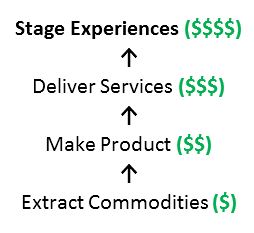A value-based pricing model: Microsoft & partners look at where to begin

Pricing your services based on your costs creates a peril; any bargaining eats your margin. Yes, you may charge a fixed fee or tiered-level prices for low-risk services or discrete products. But those pricing models do not work once you introduce your expert services, unique experience, and any open-ended project risk.
As Microsoft's Cloud Profitability Lead, Melissa Mulholland advises partners on pricing models, and observed in an August 2017 Microsoft Partner Network blog post that no one model is a silver bullet, but "value-based pricing is quickly gaining traction in the market and worth a closer look for its promise of persistent, long-term revenue growth."
In this model, the rationale for pricing is tied not to a partner's costs, but to the customer's perception of value the partner offers. This is a subjective assessment, which tasks partners to prove to customers the value they receive, both up front and over time.
"This is important, as with the proliferation of cloud providers in the market today, you need to stay relevant and focused to your customers and build value into the services," Mulholland told MSDW in an interview. "Customers today are smarter than ever before, and building value into your offerings and services is key to success."
How value-based pricing differs from "commodity pricing."
A broadly-accepted progression of economic value to a customer - and thus, economic return to the partner - is this one:

FREE Membership Required to View Full Content:
Joining MSDynamicsWorld.com gives you free, unlimited access to news, analysis, white papers, case studies, product brochures, and more. You can also receive periodic email newsletters with the latest relevant articles and content updates.
Learn more about us here